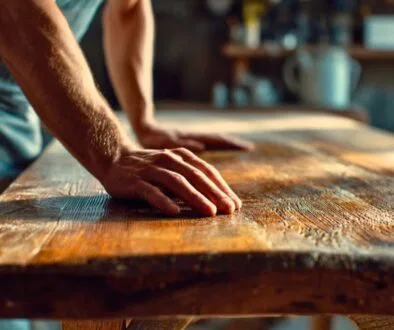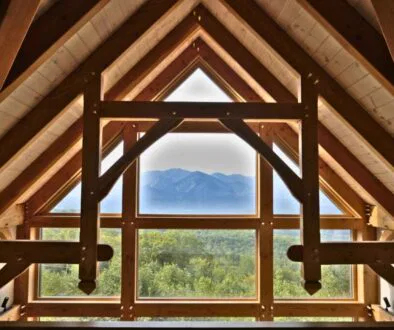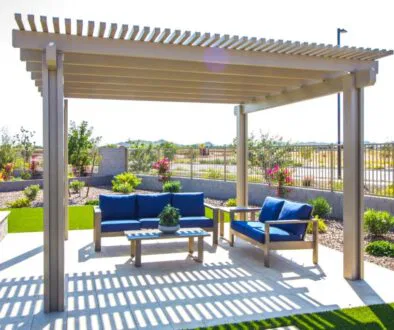History Of Timber Framing: A Journey Through Time
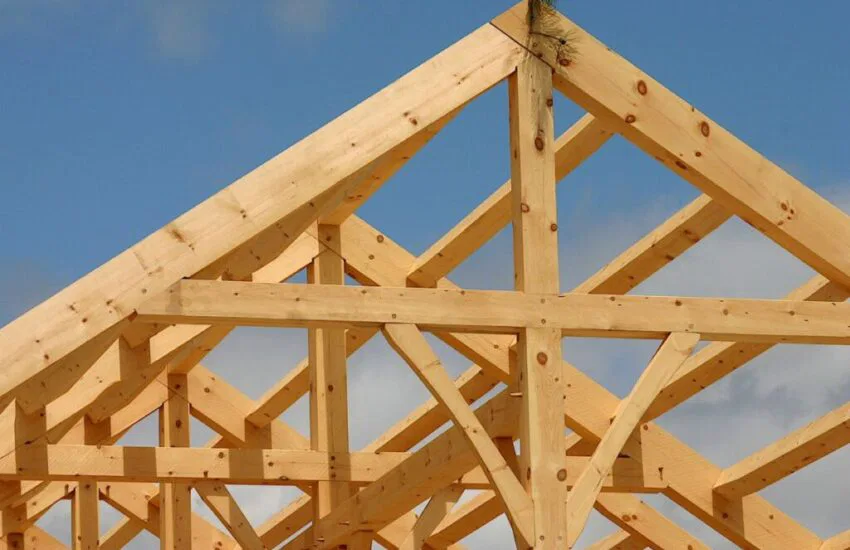
Published February 7, 2025
A few architectural techniques showcase craftsmanship, such as timber framing. Known for its strength and beauty, this method has shaped historic structures worldwide. Timber framing uses large wooden beams and intricate joinery without nails or fasteners, creating durable structures lasting centuries. It also showcases regional heritage and traditional craftsmanship. Each structure tells a story of a time when buildings were works of art.
In this article, we’ll explore the rich history of timber framing, tracing its early origins and examining traditional practices from around the globe.
The Origins Of Timber Framing
Timber framing dates back to the Neolithic era. Early humans used natural resources to build shelters. Wooden beams offered strength and versatility, making them an ideal building material.
Over time, builders improved their techniques. They introduced joinery methods like mortise and tenon. This enhanced structural stability and functionality.
Ancient civilizations, particularly the Egyptians, Chinese, and Romans mastered timber framing. They used it to build temples, homes, and public buildings. The Chinese created the famous dougong bracket system, a key part of their architectural style. Roman woodworking was essential to their remarkable engineering feats.
Timber Framing Traditions Around The World
Timber framing is a symbol of architectural tradition around the world. It combines craftsmanship with cultural heritage. From Japan’s wooden temples to Europe’s alpine chalets, it showcases durability and elegance. This building method also reflects a strong connection to nature. Different regions have embraced and reimagined timber framing over the centuries. They’ve preserved its legacy while adapting it to their unique needs and environments.
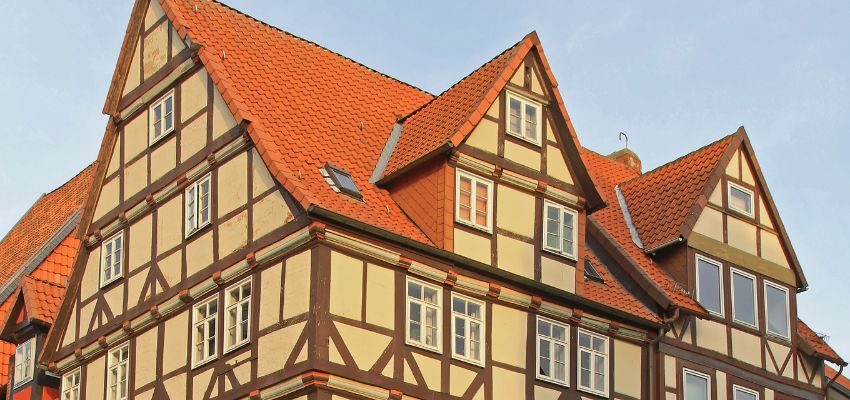
Europe
Germany
Germany’s timber-framing tradition is celebrated along the 3,000 km German Timber-Frame Road. This route connects picturesque villages and historic towns. It showcases unique architectural styles, including Lower, Central, and Upper German designs. Each style reflects the region’s materials, climate, and socio-economic needs.
France
Timber framing has long thrived in France, especially in regions like Normandy. The city of Rouen showcases a rich tradition of timber-framed buildings. Some are simple post-and-beam constructions, while others feature intricate designs with carved details.
Innovative techniques like post-in-ground and post-on-sill improved structural durability. In southern France, timber framing was often paired with stone. This created unique Basque homes with overhangs and colorful painted façades.
British Isles
The British Isles have a long history of timber framing. Iconic examples include The Shambles in York and Little Moreton Hall in Cheshire. The style featured jettied upper stories and wattle-and-daub infills in the Tudor era.
Little Moreton Hall showcases Gothic-inspired herringbone patterns and intricate craftsmanship from 16th-century England. In Scotland, timber framing was widely embraced and skillfully adapted to suit the country’s rugged terrain.
Scandinavia
The stave churches of Norway and Sweden showcase Scandinavia’s timber-framing tradition. Built in the 12th and 13th centuries, they’re made of wooden planks. These planks are set into stone foundations for durability. This design helps them withstand the harsh northern climate.
Skiftesverk plank houses and early windmill designs showcase Nordic timber construction. They combine practicality with innovation.
Asia
Tibet
The Jokhang Monastery in Lhasa, Tibet, is an ancient marvel. It’s believed to be the oldest surviving timber-frame structure. Its design reflects early Buddhist architecture, combining simplicity and functionality. The use of mortise and tenon joinery shows the skill of Tibetan builders.
Japan
Japan elevated timber framing to an art form with its iconic pagodas. These multi-tiered structures showcase architectural precision and resilience, particularly in earthquake-prone areas. Flexible wooden joinery helps pagodas withstand natural forces for centuries. It combines innovative engineering with stunning design.
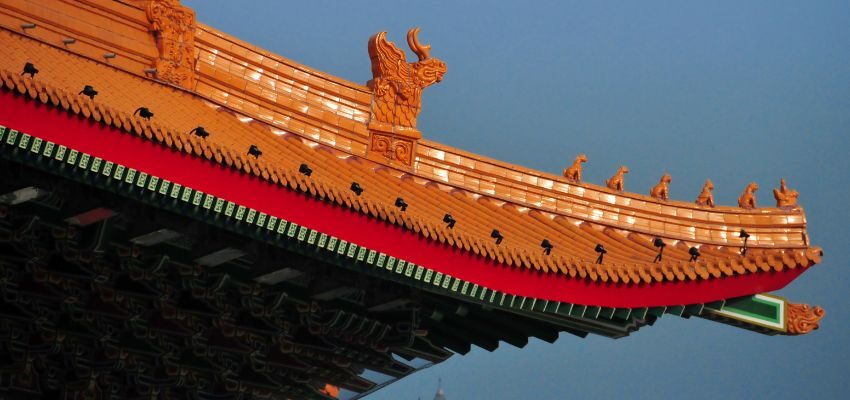
China
Chinese craftsmen developed dougong, an interlocking wooden bracket system. It connected rafters to posts without using fasteners. Dougong gained popularity in the 6th and 5th centuries BC. It remains a key feature of Chinese architecture.
Over time, it became a sophisticated system, helping structures withstand forces like earthquakes. The brackets featured intricate designs and vibrant colors, showcasing the era’s artistry and craftsmanship.
North America
Colonial America
European settlers brought timber framing to North America. They adapted their techniques to the region’s environment and resources. The Fairbanks House (1637) in Massachusetts reflects their skill and creativity. Timber-framed barns and homes became popular for their durability and flexibility. Half-timbered designs were prevalent in German settler communities.
Hudson Bay Style
The Hudson Bay construction style used vertical planks fitted into grooves. The Golden Plough Tavern (1741) in Pennsylvania is a key example. This method combined European craftsmanship with local innovation. It shows how timber framing was adapted for North America.
Decline And Revival Of Timber Framing
The popularity of timber framing declined in the 19th century due to industrial materials and modern building techniques. In the 20th century, it made a comeback. Architects and homeowners rediscovered its unique aesthetic and environmental benefits. Today, timber framing is valued for its sustainability, beauty, and traditional craftsmanship.
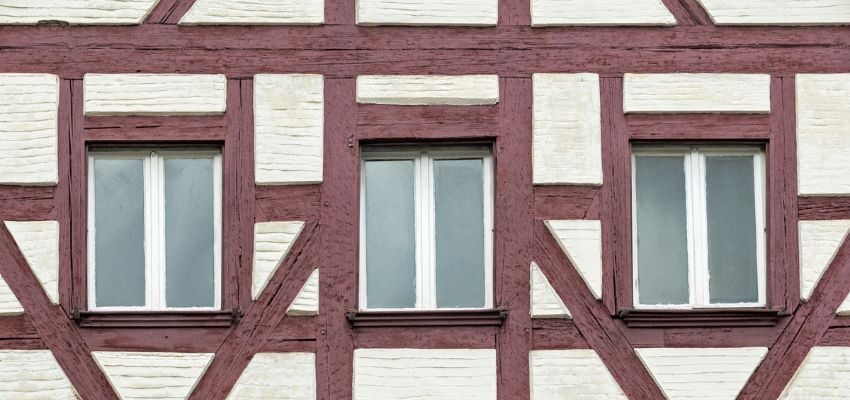
Frequently Asked Questions
What are the basic principles of timber framing?
Timber framing is a traditional building method. It uses large wooden beams joined with mortise and tenon joints. No nails or fasteners are needed. This technique establishes a solid and durable structure. The framework can be filled with wattle and daub or wooden planks.
What are some advantages of timber framing over other construction methods?
Timber framing combines durability, versatility, and timeless beauty. Its intricate joinery techniques improve flexibility, allowing structures to withstand natural forces like earthquakes. Timber framing also creates open, spacious interiors and adds a timeless architectural charm that never goes out of style.
What makes timber framing sustainable compared to other building techniques?
Timber is a sustainable, renewable resource that requires fewer industrial materials during construction. It’s also highly durable, extending the lifespan of timber-framed structures and reducing the need for frequent rebuilding. Timber is also an environmentally conscious choice.
Why was timber such a widely used building material in ancient architecture?
Timber, abundant in forested regions, was highly valued for its strength, versatility, and ease of use in construction. Its widespread availability and adaptability made it the material of choice for many civilizations throughout history.
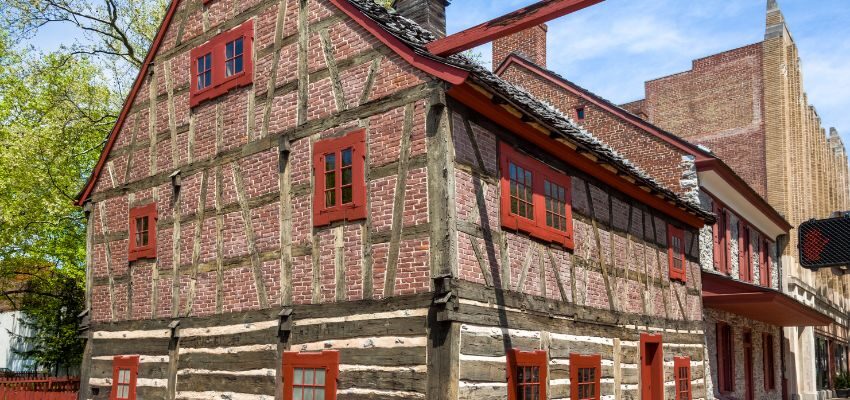
Timber Framing: A Timeless Legacy Of Craftsmanship And Culture
Timber framing is a remarkable testament to human ingenuity, adaptability, and craftsmanship. Timber framing has a long history across cultures and centuries. It appears in Scandinavia’s stave churches and Japan’s intricate pagodas. Its appeal is both practical and cultural. Timber framing reflects the identities and architectural heritage of civilizations worldwide. More than just a construction method, the history of timber framing is a living story etched into every carefully crafted beam.
Hire The Timber Experts For Your Next Project
Vintage & Specialty Wood should be your source of the highest quality timbers from around the world. When it comes to fabricating and installing reclaimed wood or specialty wood products in your home, we don’t cut corners. We offer many reclaimed wood and specialty wood products such as Douglas Fir, white oak, and much more. We also offer timber framing and wood flooring services as well. Contact our team today to speak to a timber expert about what Vintage & Specialty Wood can do for you.

This Blog Is Fact Checked
This content has undergone meticulous fact-checking by our team of internal experts. Gain a deeper understanding of the high editorial standards we uphold on our website here.

About The Author
Experience, exploration, and knowledge are the hallmarks of writer Rei Bayucca. Her dedication to crafting articles that both inspire and educate will leave you thinking long after you’ve finished reading.

